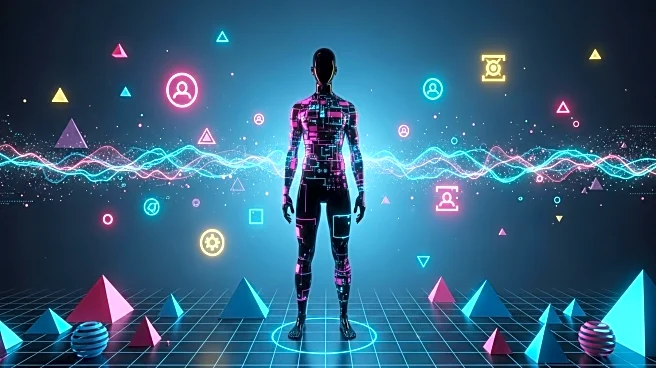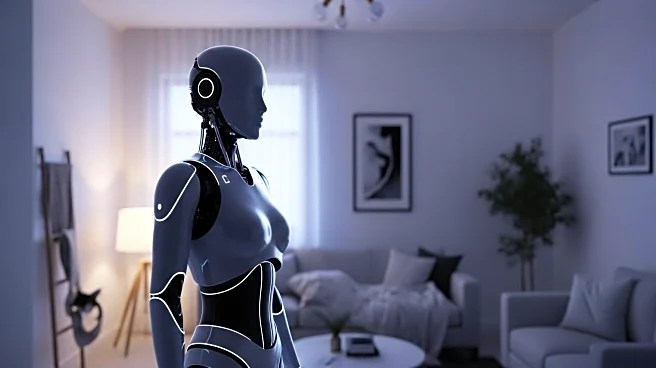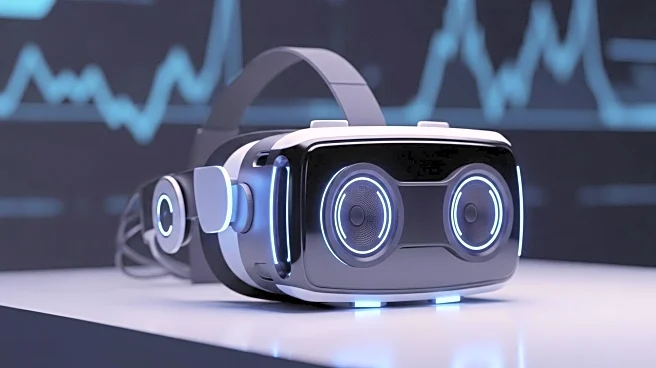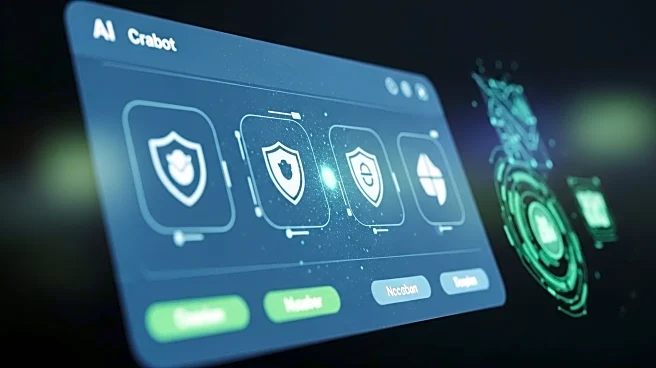What's Happening?
Roblox has announced the expansion of its age estimation technology to all users, aiming to enhance safety measures on its platform. This technology involves scanning users' selfies to analyze facial features for age estimation, combined with ID verification and parental consent. The initiative is part of a broader effort to comply with increasingly strict global regulations requiring social platforms to verify users' ages. Roblox is also partnering with the International Age Rating Coalition to standardize content ratings, replacing its own labels with those used by rating agencies worldwide. These changes are intended to help parents better understand the content their children are exposed to on the platform.
Why It's Important?
The expansion of age verification technology by Roblox is significant as it addresses growing concerns about child safety on online platforms. With stricter laws being implemented globally, including in the U.S., companies like Roblox are under pressure to ensure minors are protected from inappropriate content and interactions. This move could set a precedent for other platforms to follow suit, potentially leading to widespread adoption of similar technologies. Parents and guardians stand to benefit from clearer insights into the content their children access, while the gaming industry may face increased scrutiny and regulatory challenges.
What's Next?
Roblox plans to further limit communications between adults and minors on its platform, enhancing its safety features. The company will continue to roll out its age estimation system and standardized ratings by the end of the year. As these measures are implemented, other social platforms may be prompted to adopt similar technologies to comply with emerging regulations. Stakeholders, including parents, educators, and lawmakers, will likely monitor the effectiveness of these changes in improving child safety online.
Beyond the Headlines
The ethical implications of using facial recognition technology for age estimation raise privacy concerns. Critics argue that while these systems aim to protect minors, they also involve collecting sensitive biometric data, which could be vulnerable to misuse. The balance between safety and privacy will be a critical discussion point as more platforms consider adopting similar technologies.











